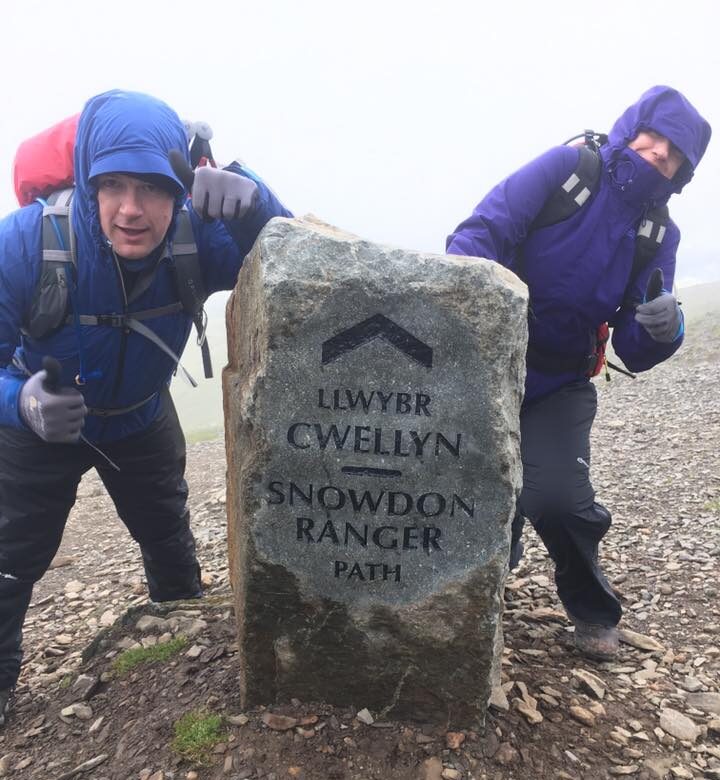Wind in the Mountains and its Effect on Hikers

High wind in the mountains can be a real game changer, it can have a profound effect on safety and morale. It can make it feel much colder than it actually is (wind chill effect), and can be unpredictable in direction and speed.
Strong winds, (those over 50-60km/hr), are going to impede your progress, and will significantly increase the risk of you being blown over and injured. In addition, walking into a strong headwind for a number of hours will sap both your energy and morale. Add significant gusting and you will be constantly adjusting your balance, foot placements and forward momentum, all of which can be very tiring.
The speed and direction of the wind can be unpredictable in the uplands. As the moving air is pushed over a mountain range it is squeezed between the mountains and the top of the troposphere, causing the wind to speed up. It is nearly always windier, therefore, on mountain tops than in adjacent valleys. The wind is forced over ridges and through saddles, increasing in speed, and making these places more hazardous in stormy weather. The topography of the valleys and mountains often means the wind can be gusting, swirling about and rapidly changing direction, adding to the difficulties of keeping your balance and stability.

High winds will often make it feel colder (wind chill), this can bring about rapid cooling of the extremities, the head and hands in particular. The effect of wind chill is to increase the rate of heat loss to the surrounding air. Prolonged cooling can lead to hypothermia and frost nip, both very serious conditions.
Cold and wet weather can be dealt with by adequate clothing and equipment, but strong winds mean you may have to change your plans. Here is our assessment of the effect of wind on your ability to move effectively, and what to do about it.
| Wind speed in km/hr | Effect on you | What should you do? |
| Less than 20 | Negligible | Continue as planned |
| 20-30 | Unlikely to affect your balance or control. At these windspeeds in winter a temperature of 0C will have an equivalent wind chill of around
-10C. |
Add an extra warm layer.
Prevent small items from blowing loose. Goggles will be useful in winter conditions. |
| 30-40 | You will begin to feel the buffeting effect of the wind. Progress into a head wind will become more laboured. It will be harder to maintain your balance when walking. | Keep way from steep and exposed ridge lines. Secure your map and tie down loose clothing and secure toggles to prevent them whipping around. |
| 40-50 | Walking will become more difficult. Energy output will be increased. Expect a greater risk of being blown sideways and off balance. | Consider changing your route to avoid a head or cross wind. Be prepared to shorten the day. Check companions for signs of hypothermia and frost nip, particularly in winter.
Navigation will become more difficult. |
| 50-60 | Walking will become very challenging. There is a stronger chance of being blown off your feet.
|
Link arms with weaker members of your group. Try to move between the worst gusts. Get off the hill by the safest and easiest route keeping away from steep windward drops. |
| 60-70 | As above | If you must venture out in these conditions then keep to the valley floor. |
